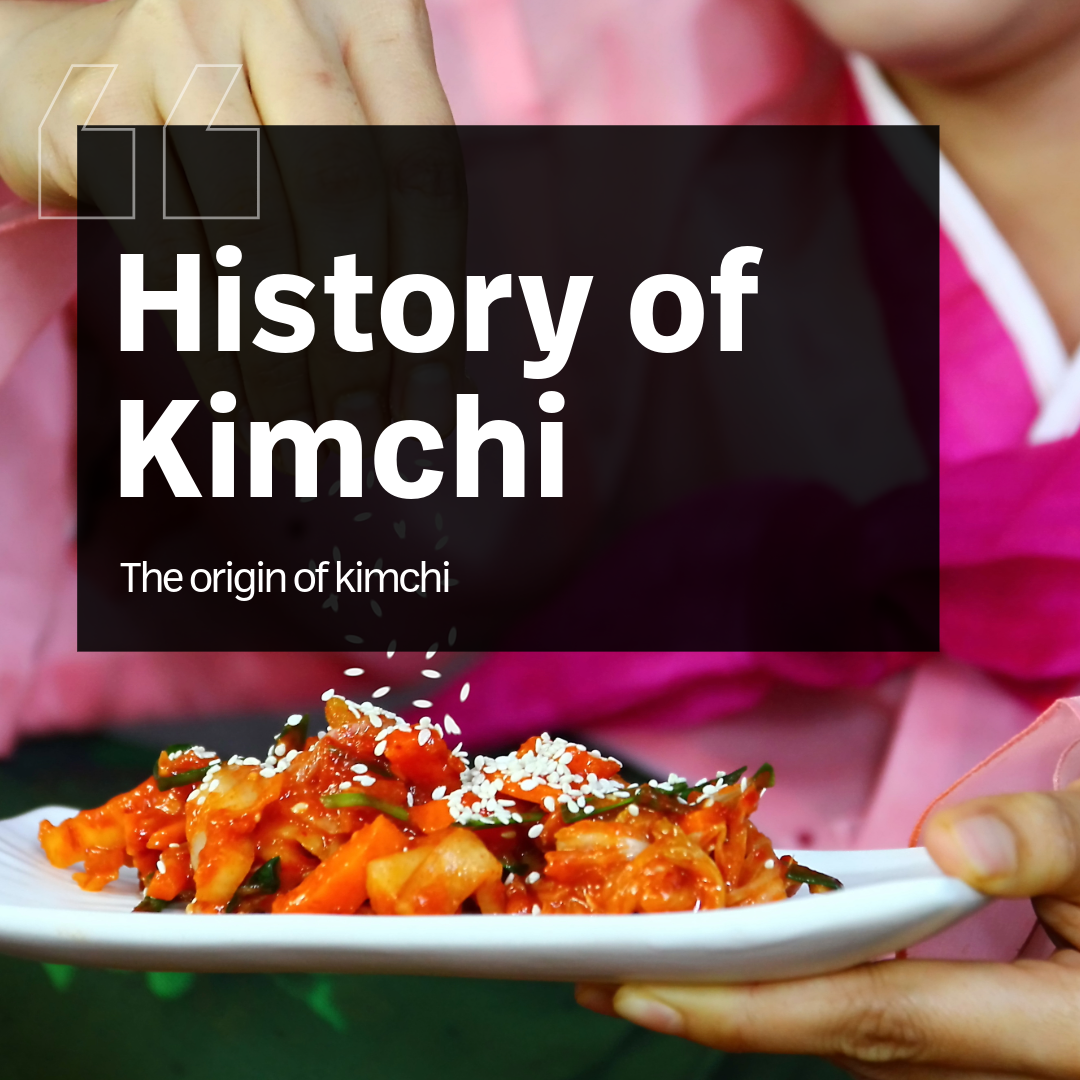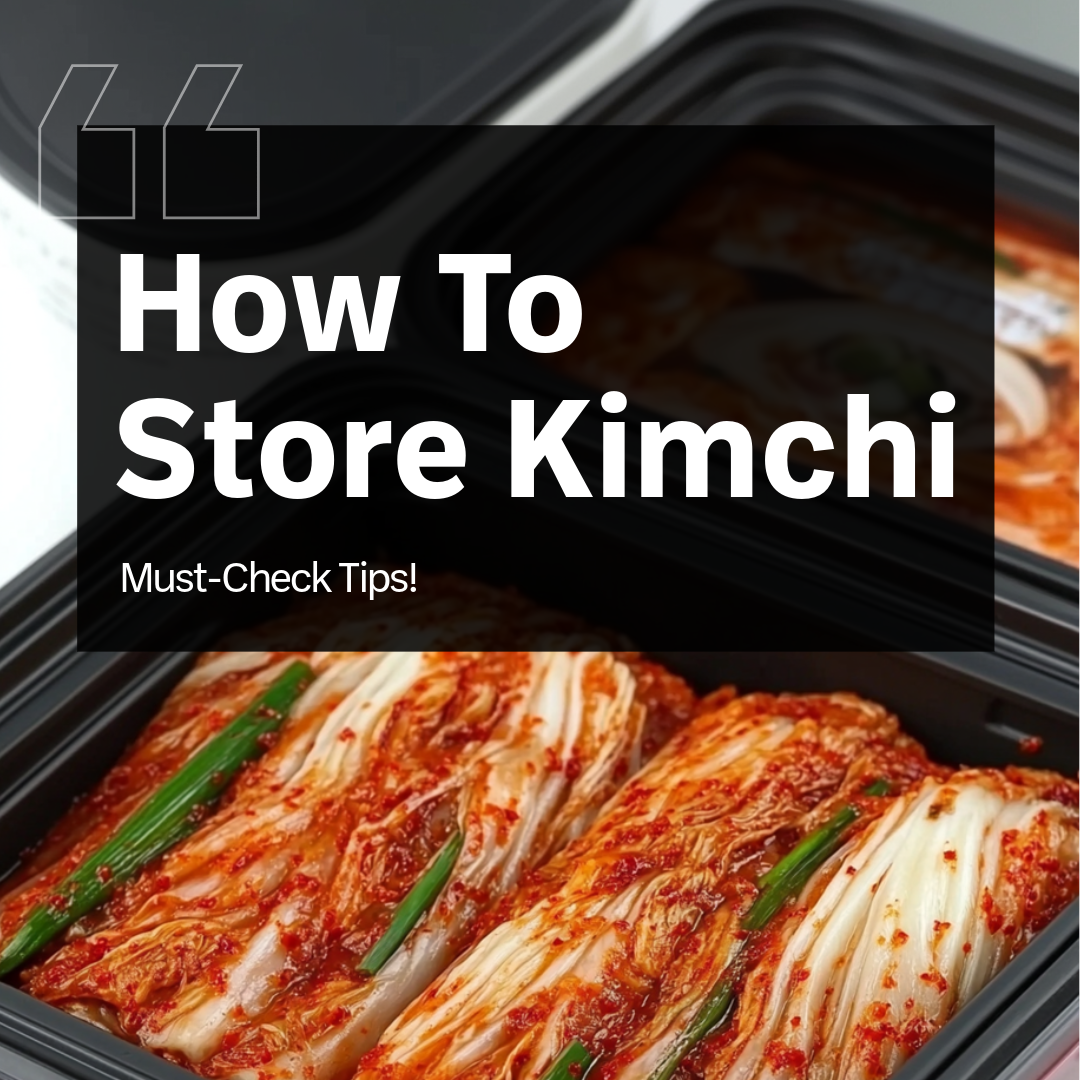Sarah Yoo
Sep 13, 2024
Kimjang behind-the-scenes stories
- Kimchi 101 #04
Kimjang, the traditional process of preparing and storing kimchi for the winter, was a major household event that required over half a year of preparation.
Learn More about Kimjang
Kimjang behind-the-scenes stories

During the kimjang process, it was customary for households to prepare a couple of geun (a traditional Korean unit of weight) of pork, boiling it and setting it aside along with the tender yellow inner leaves of napa cabbage and seasoning. This meal, called sokdaessam, was provided for the workers helping with kimjang, and the tradition still continues today in some places. After the kimjang was completed, it was common to share the salted napa cabbage or any leftover kimchi filling with neighbors, as well as to distribute freshly made geotjeori (fresh, unfermented kimchi). Poorer households, whose wives often helped with kimjang at other homes, would sometimes make their own kimchi with the cabbage and seasoning they received as payment for their assistance.
Fun Fact: Foods You Must Eat on Kimjang Day
In Korea, it’s customary to prepare and eat suyuk (boiled pork) on the day of kimjang, the traditional kimchi-making event. This practice even led to the creation of bossam, a dish where suyuk is wrapped in cabbage leaves along with various condiments. As a Korean, I’ve always accepted this as a given, but I recently found myself wondering: Why do we eat suyuk on kimjang day? What is suyuk? Sooyuk (수육) refers to a Korean dish made by boiling pork, typically pork belly, until it is tender and juicy. Eating it on kimjang day has become a cherished tradition in Korea, deeply connected to the culture of making kimchi. There are several reasons why suyuk is enjoyed during this time:

Complementary Flavors
Suyuk pairs perfectly with the fresh, spicy flavors of kimchi. The tender, mild taste of the boiled pork balances the sharpness and heat of the freshly made kimchi, particularly when wrapped together with the yellow inner cabbage leaves and kimchi seasoning in a dish known as sokdaessam (속대쌈).
Celebration and Reward
Kimjang is a labor-intensive process that can take days to complete, involving many people working together. Serving suyuk is a way to reward everyone for their hard work. It’s a hearty and satisfying dish that brings warmth and energy to those who have spent hours preparing the kimchi.
Tradition of Sharing
Just as kimchi itself is a food meant to be shared, the practice of eating suyuk on kimjang day reinforces the communal aspect of the tradition. After the kimchi is made, families and neighbors gather to enjoy a meal together, strengthening social bonds and creating a sense of community.
Nutritional Balance
Suyuk adds protein to the meal, complementing the vitamins and nutrients found in kimchi. This makes the meal more balanced and nourishing, which is especially important as people prepare for the cold winter months.
The Youtube of Kimchi History
Conclusion
Kimjang (kimchi- making day) is the traditional Korean practice of making large quantities of kimchi, usually in late autumn, to prepare for the winter months. It involves families and communities coming together to make, share, and store kimchi.
When making kimchi, various types are typically prepared, but the most common is Pogi Kimchi. Pogi Kimchi is made by splitting whole Napa cabbage in half, salting it, and then applying various seasonings to each layer of the cabbage. The amount of seasoning used during this process greatly influences the flavor of the kimchi. The biggest advantage of Pogi Kimchi is its refreshing taste.




